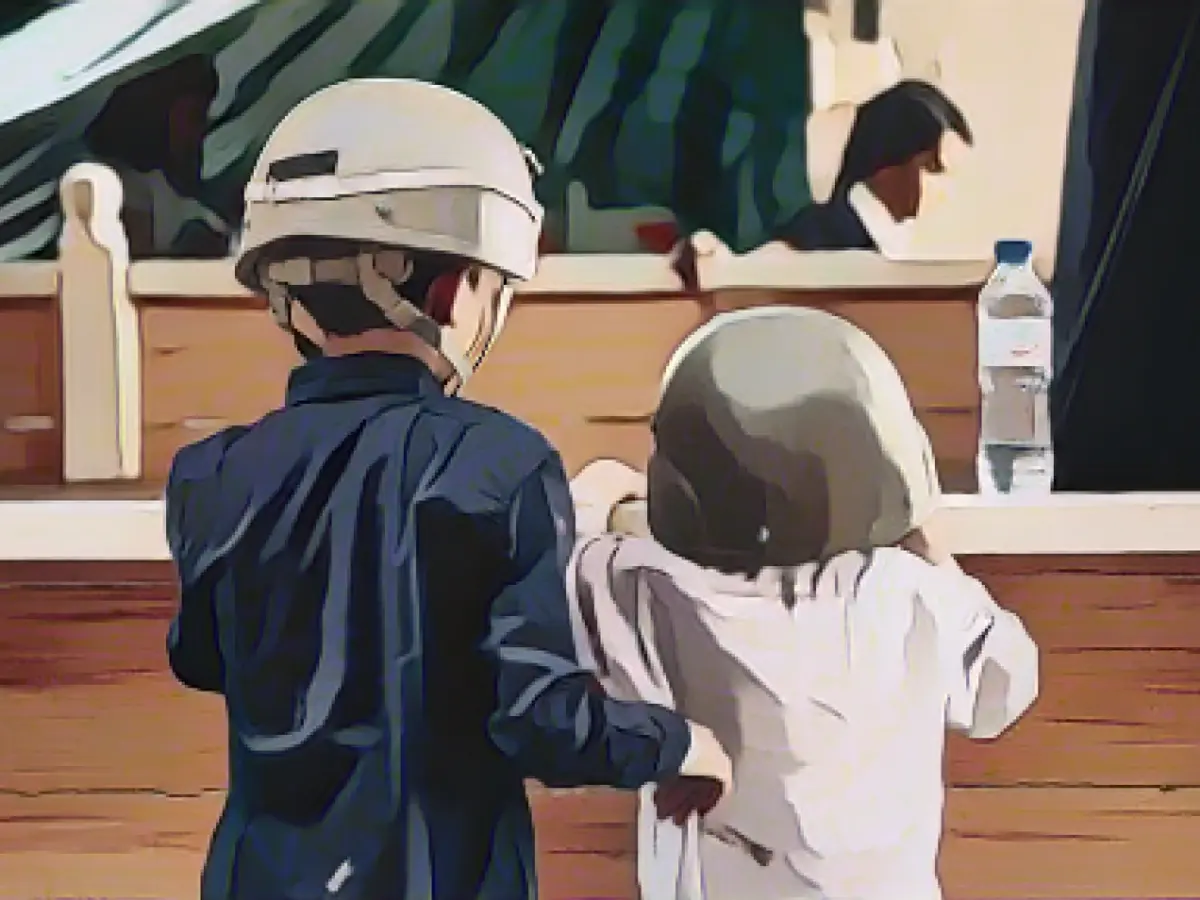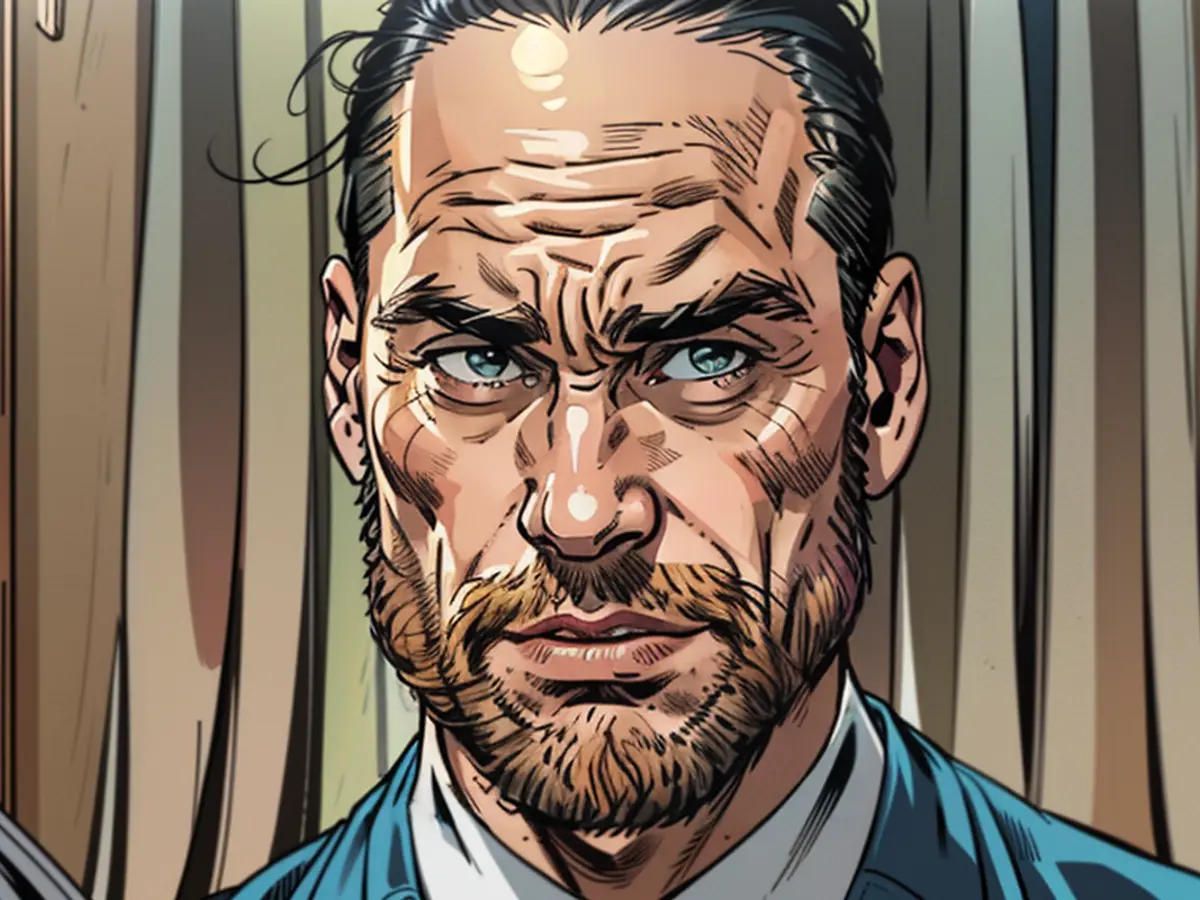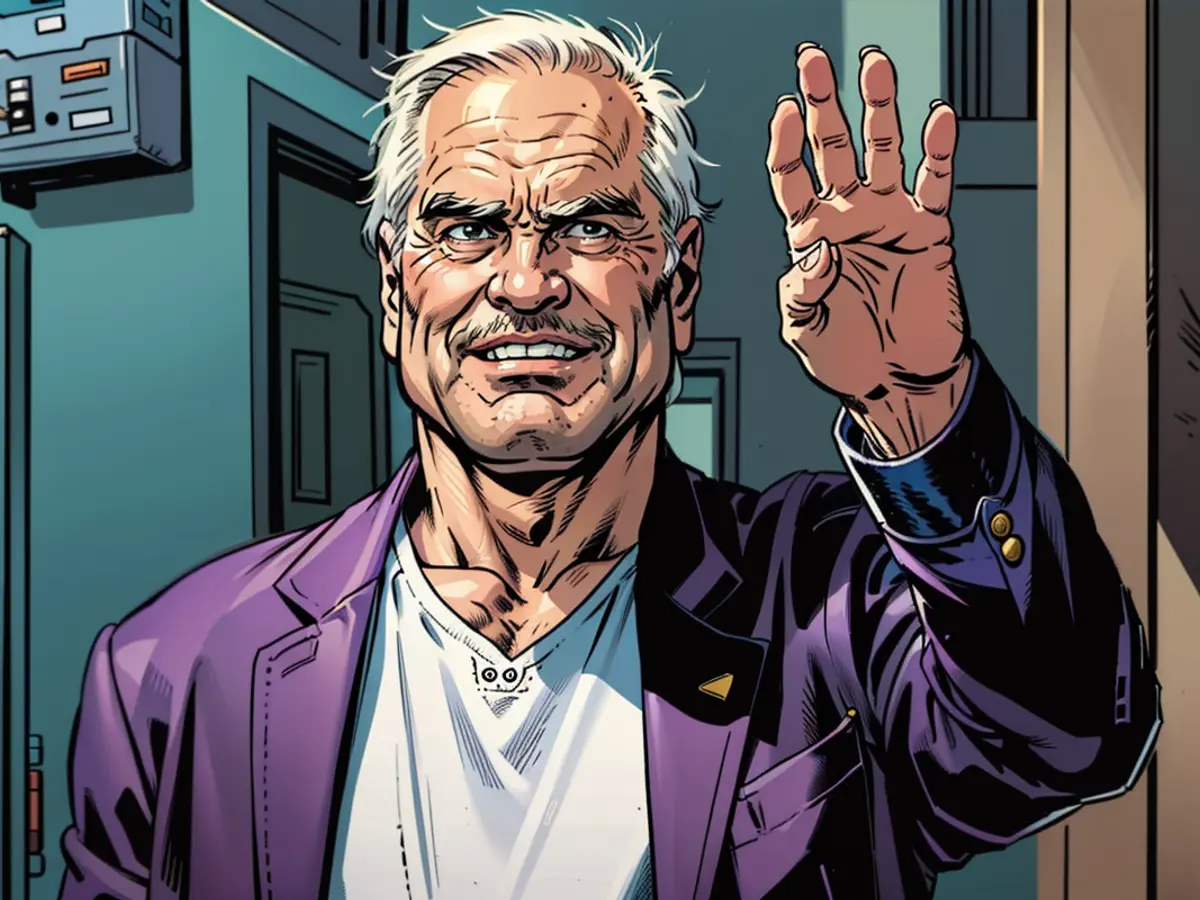Life in a war zone - Why do children become soldiers, Mr. Westphal?
Mr. Westphal, you have visited children in war and crisis regions in various countries. Which visit has stuck in your mind the most?That was a conversation with a twelve-year-old boy from the city of al-Hudaida in Yemen. He had fled with his parents from the heavy fighting there and returned after the fighting had ended. He told how he and his friends were out and about in their neighborhood and found a glittering, metallic object. It was an unexploded bomb, which then went off. One of the four boys died, the other three boys were seriously injured. The twelve-year-old had to have his leg amputated and I met him at the school he now attends with his prosthesis. It's super important for the boy that he can learn with this limitation. It gives him hope that he will one day be able to build a future for himself.
So courage to face life instead of resignation?as an organization, we naturally try to strengthen this. You can achieve a lot with education in particular. But we must not gloss over the situation on the ground. During my last visit, the consequences of the war for the children could be seen everywhere. They live in poverty, especially the internally displaced people. There is malnutrition, hospitals no longer function and the under-fives in particular are suffering. Families of twelve live together and have problems finding a little rice for the children. Children cannot go to school. This affects their whole lives.
They are forced to come to terms with these realities at an early age.I also observed this during my time in the east of the Democratic Republic of Congo in 1999/2000. Many things have hardly changed there to this day. In Afghanistan, I met a 14-year-old boy who had spent a large part of his life carrying loads and pulling carts on the street to earn money for his family. Children there have already arrived in the brutal reality of adult life at the age of seven or eight and are fighting for material survival every day. There is no time for what we associate with childhood. When you talk to these children, they often seem much older than they actually are.
Dothe children understand the wars raging around them?And as an outsider, you have to be very careful how you broach the subject. We provide a lot of psychosocial support and try to give the children safe spaces and play areas where they can escape reality for a few hours, play together or draw. My colleagues in the protection and play areas report inexplicable outbursts of anger, that children simply start crying and cannot directly express or explain the reasons for this.
How can the children be helped?it is important to have an environment that the children trust. They often start to communicate what they have experienced themselves. We have observed this with the Ukrainian children we work with in Germany, for example. It can be a drawing, but also an anecdote that the children tell. Of course you can offer them something to talk about. In Germany, we support an organization called krisenchat, which offers psychosocial support for children and young people from Ukraine via a messenger service. There needs to be a low-threshold service that appeals to those affected. If this support is only seen as a medical service, there is a risk that it will not be accepted. Easily accessible discussion services provide more security. It is unlikely that children will simply shrug off what they have experienced, but they can learn to live with it.
Your organization Save the Children has found that almost half a billion children live in conflict zones. Were you surprised by the results?
Unfortunately not. There are more conflicts around the world where international humanitarian law is being trampled on. In the Democratic Republic of Congo, for example, conflicts are taking place without rules. The devastating number of children affected is proof of this.
Civilian casualties are actually unavoidable, aren'tthey? Unfortunately, there are no wars without civilian casualties, but the fact that so many children are affected can be avoided. If the parties to the conflict complied with the applicable rules of international humanitarian law, the consequences for children would be far less serious.
Can you give us an example?One of the most common violations of children's rights is the recruitment of child soldiers.
According to the Geneva Convention and the International Convention on the Rights of the Child , the use ofchild soldiers under the age of 15is prohibited and is considered a war crime by the International Criminal Court. The UN Convention on the Rights of the Child has even set the minimum age for military operations at 18, and all armed actors know that it is illegal to recruit children. Children suffer incredible damage from the experiences. They are put in danger, lose contact with their families, can no longer go to school and are not properly cared for. There is absolutely no valid justification for recruiting twelve-year-olds with a machine gun into a rebel group.
The militant groups see children as supplies and a way of consolidating their own power, which is a very cynical, but unfortunately also real view. Many people are prepared to abuse children and violate their rights for their own ends. Another example of this is the attacks on schools. There is no justification for this either. Sometimes schools are misused as military facilities In Ukraine, for example, many were simply bombed indiscriminately.
The report "War against children: children need peace" by Save the Children states that the number of recruitments has risen by 20 percent. Which countries are we talking about?Most cases of child recruitment last year took place in Syria, the Democratic Republic of Congo, Somalia and Mali. The increase is partly due to higher numbers in Syria and Mali, as well as cases in Mozambique. The three conflict countries where it was most dangerous to be a child overall in 2022 were the Democratic Republic of Congo, Mali and Myanmar. But there are many countries where children are kidnapped for recruitment.
They are not recruited?there are cases where the groups approach the children. But you can't rule out the possibility that pressure from their own environment drives children to join the military - especially boys. But some also go voluntarily.
A 17-year-old from the Congo toldusthat five years ago he was separated from his parents by the conflict and had to flee to a neighboring country. He wanted to go to school, but he didn't have the money to feed himself. Then his community was attacked and he ended up joining an armed group to defend himself against attacks. But it's a vicious circle. When the fighting stops or is paused, the children and young people are not released, but systematically exploited further. Poverty and separation from the family are two common reasons why children end up in an armed group rather than in school.
At what age are the children recruited?During my time in the Congo, I saw children who were barely taller than the rifle they were carrying. They could hardly have been older than eleven or twelve.
And they are then sent straight into action?children are often responsible for procuring food - one boy told us that he regularly stole food. Then there is also the forced recruitment of girls who have to cook, look after drinking water or clean. Girls are also recruited for sexual abuse. Some children are used for espionage because they are less conspicuous than adults. Children get involved in such tasks and are then eventually drawn into the fighting. Sometimes they also serve as human shields.
How can aid organizations protect children from this?a secure environment with family, school and medical care reduces the risk immensely. In stable structures, children do not have to fend for themselves on the streets. We urge the authorities and governments we work with to take action against these military groups. But there have also been governments that have forcibly recruited children under the age of 18.
Is it possible to rescue these children from the groups?In eastern Congo, for example, we worked with a local NGO that has been very successful in freeing children through intensive negotiations with armed groups.
And what happens next?We try to build up an economic livelihood with young people aged 15 and over. They receive training to protect them from returning to the armed group. This is difficult because the only thing we have left is to convince them. We try to return younger children to their families as best we can or find them an adoptive family. They are also taken to school. As an aid organization, you also have to look at what is being taught in schools.
Like in Palestine? In UN schools in the Gaza Strip, for example, radical Palestinians are said to have romped around and poems glorifying hatred and violence were taught.In2001, the EU Parliament intervened, and if the content was not in line with our values and not compatible with children's rights, we would also withdraw from there. But it must also be said that curricula are normally controlled by governments. If they wanted to influence teaching in this way, they could.
What makes it so difficult to simply reintegrate child soldiers back into society?In Sierra Leone, where I once worked, I witnessed this debate. Child soldiers were forced to commit terrible crimes, which they also have to commit in their own villages. This of course makes it difficult for these children to be accepted by their own group again. There is no one-size-fits-all solution. If it doesn't work at all, then facilities must be created where the children can be looked after. The tragedy of the whole thing is that these children are both victims and perpetrators. You can't hold them accountable like adults. They are not yet able to judge their actions properly, especially not when they are under extreme pressure. That is why it is so important that we work to provide affected children with medical and psychological support, give them an education and slowly reintegrate them into families and communities.
Read also:
- Unanimous decision: faster wolf culls possible
- No Christmas peace with the British royals
- No Christmas peace with the British royals
- No Christmas peace with the royals
- During my visit to the Gaza Strip, I witnessed the impact of war on children, who live under constant tension and fear.
- The recruitment of child soldiers is a major concern in conflict zones, such as in Syria and the Democratic Republic of Congo, where international laws are often disregarded.
- In Afghanistan, I met a young boy who had been forced to work as a laborer at a young age, missing out on his childhood due to the ongoing conflict.
- In the Congo, I encountered children as young as twelve being used as soldiers, a brutal reality that has not significantly improved over the past two decades.
Source: www.stern.de







